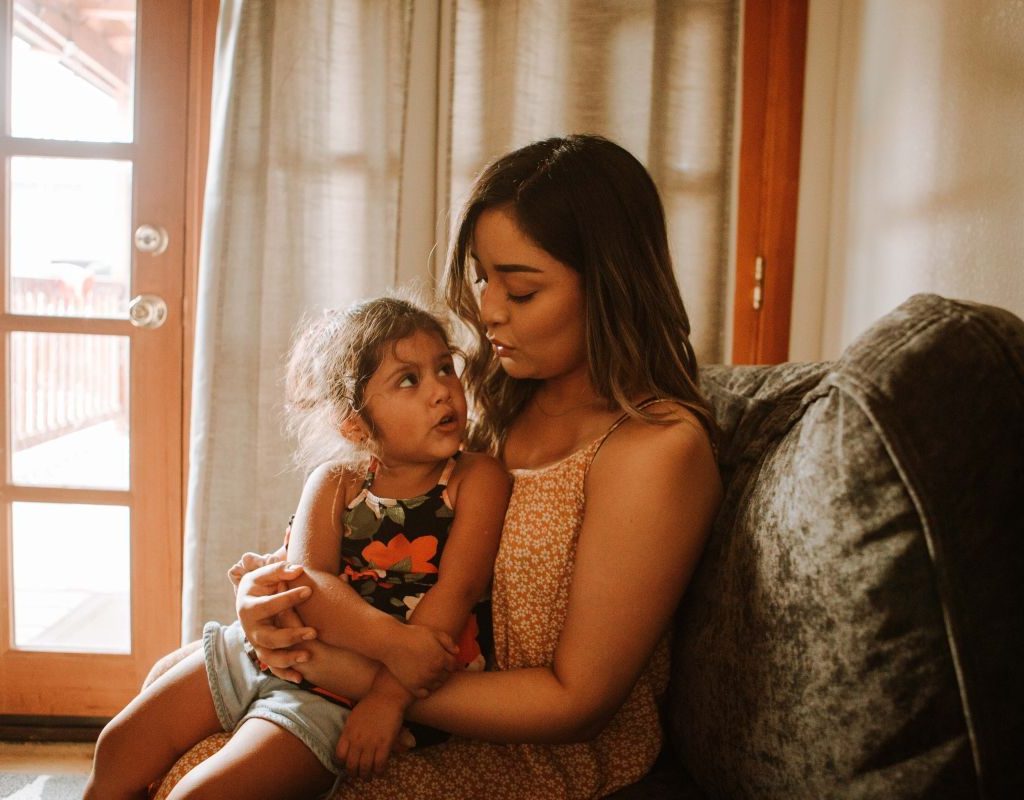When the day is finally winding down and it’s your toddler’s bedtime, things can go downhill pretty quickly. Toddlers are very much still in that in-between stage where they to be a big kid but still want to be the baby of the family. Sometimes, they just don’t know what they want. Going to bed can be a battle, and even though they are tired, they may fight you and not want to go to sleep. However, we have some tried and true ways to help get a toddler ready for bed.
Toddler bedtime tips
Keep a routine
Toddlers are all about routines at their age. They like to be able to know what is coming next. That is why having a bedtime routine is so important. You can start with something like winding down, reading a book together, snuggling, or listening to soft music. You can even give them a small snack like whole grain cereal or a piece of fruit the keep their bodies fueled throughout the night. This way, it helps your little one get sleepy. You also should try to keep a consistent nap schedule as well, as this will help them to go to bed at the same time every night.

Talk about why sleep is so important
If your little one is putting up a bit of a fight about going to bed, you can always try and explain that they need sleep if they’re going to keep having fun adventures every day. Tell them how their bodies will grow big and strong with sleep, and how it can help them have more energy for the next day so that they can play. You could even offer an incentive, such as a fun activity that the two of you can do together the next day as long as they get their rest.
Environment
One thing you want to make sure of is that the sleeping environment that your toddler is in is conducive to sleep. That typically means keeping the toys separate from the bedroom. You want their bedroom to be associated with sleep, not play. Otherwise, they may think it’s okay to get up and play in the middle of the night. That is why keeping toys in a toy room or toy chest is best. You’ll want to make sure that the room is dark enough for them, which a good set of blackout curtains will do. Not to mention, a good night light, so that they can see if they need to get up at night and to give them a feeling of safety. Room temperature is also another thing you may want to think about, as people sleep better when the room is cool but not cold. It is also best not to have any screens of any kind in their bedroom.
Make the bed cozy
A cozy bed is definitely an inviting one. Set up their bed so they can sleep soundly at night. Always make sure that they have a warm blanket and a comfortable toddler pillow. Another thing to consider is if they have a “lovey” of any sort. Including this in their bed will help them stay in bed. Little ones feel much more secure with their trusted lovey.

Success training
This is something that helps both the toddler and the parents. Once your bedtime routine has finished, take a look at your little one and ask them to set a time for when they want you to check on them. It could be three to five minutes. Whatever they wish. Set that timer, and leave their bedroom. When the timer buzzes, come back and praise your toddler about how wonderful it was that they stayed in their bed and that they didn’t throw a tantrum and remained in their bedroom. Between each visit, increase the time and continue the pattern until they are finally asleep. As they grow in their confidence, you will see that they will ask for longer intervals in between you checking on them. As you keep praising them about how good they’re doing, you will surely notice progress with them sleeping.
Getting your toddler to bed does not have to be a chore every night. It can be a peaceful and easy process just by using these tips. By implementing the strategies above, you’ll be bound for success on the toddler sleep train. After you start to form a routine, you will begin to see just how easy it is to get your little ones into bed at night.


